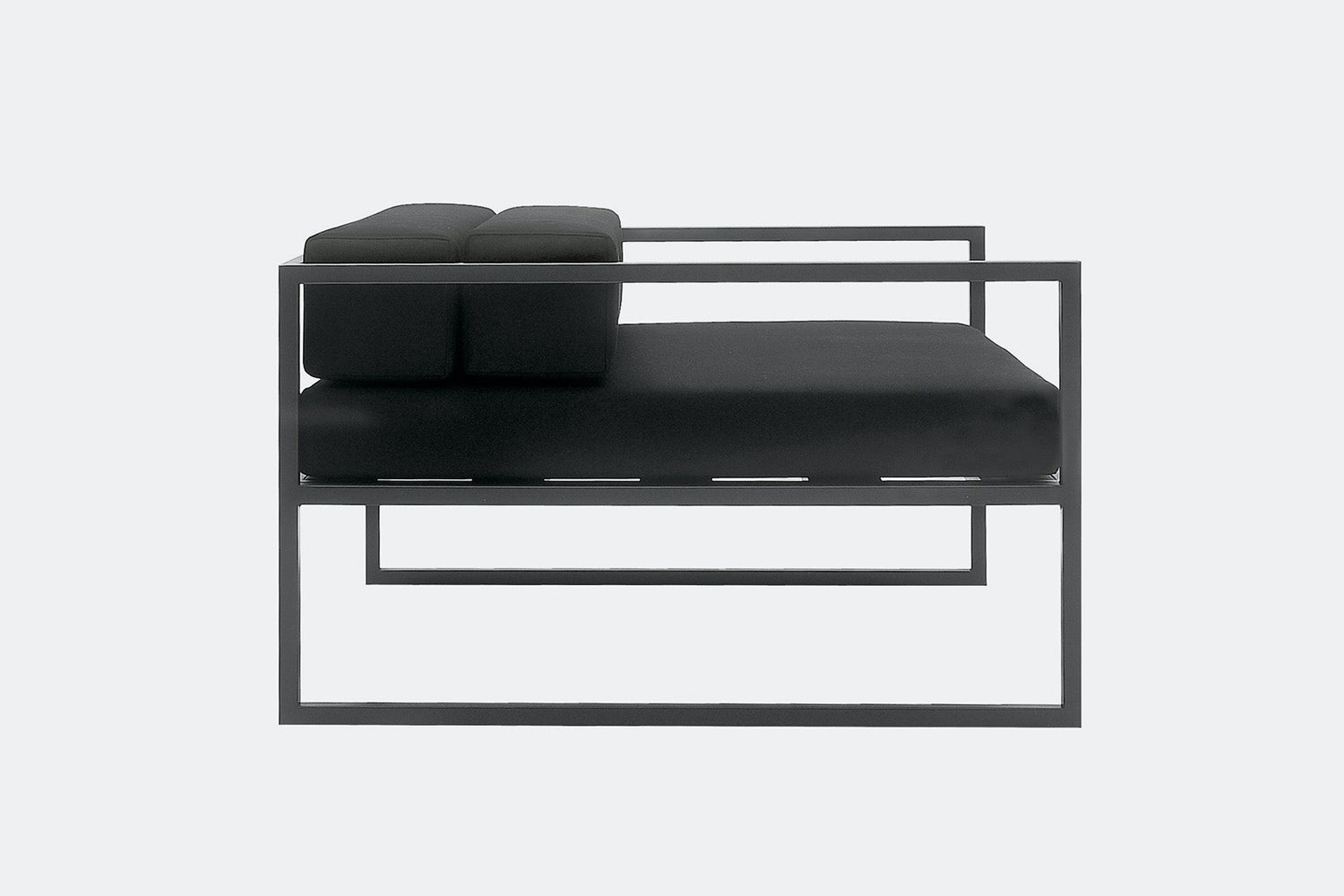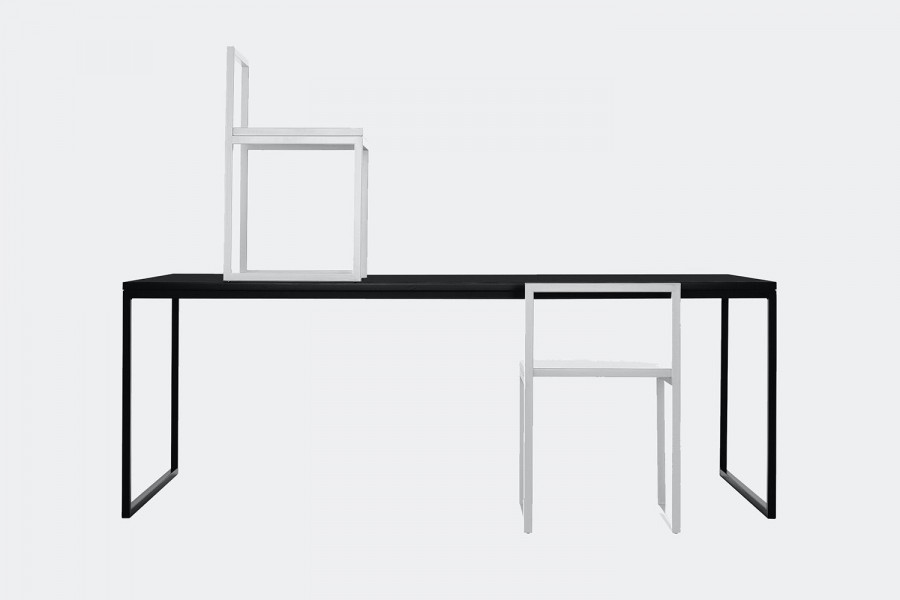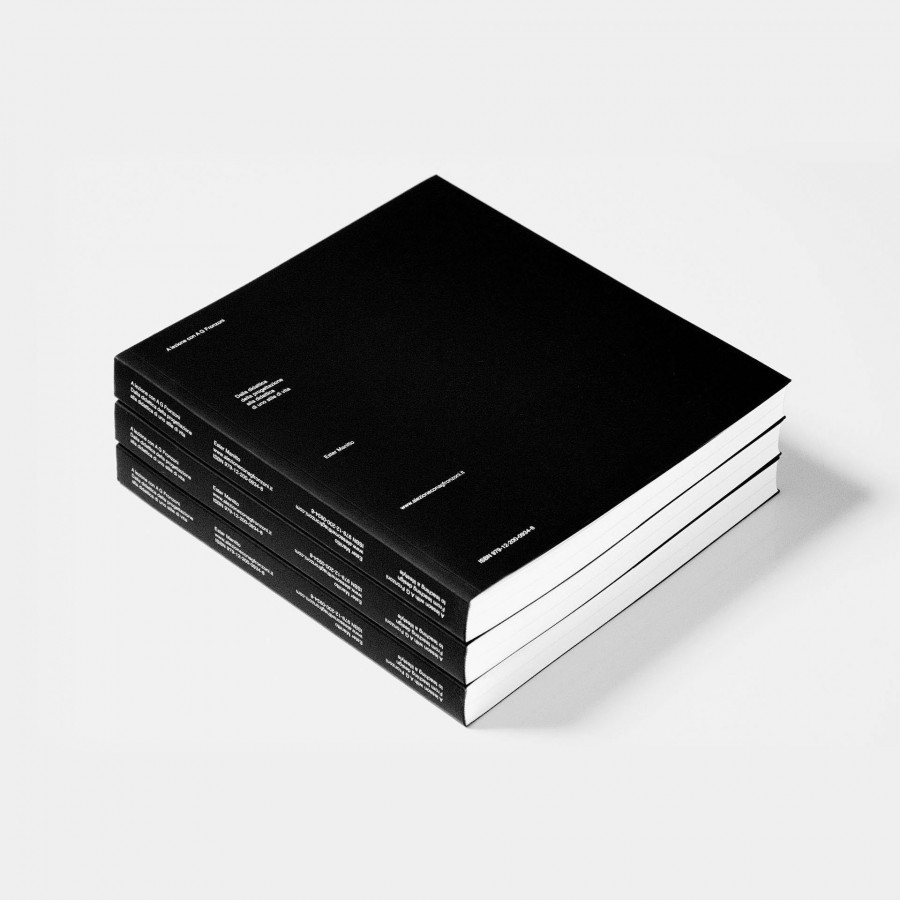Fronzoni '64 Lounge Chair
If you are unfamiliar with the work of A G Fronzoni, this is going to be a pretty good place to start. Undoubtedly one of history’s greatest designers and teachers, Fronzoni was known for his work in graphic design, publishing, industrial design, architecture, and design education. He opened two studios in his lifetime.

With its distinctive thin clean lines, the Fronzoni ’64 lounge chair features a rectilinear frame in squared tubular steel. Discreet, underside slats support a thin profile seat cushion expanse in polyurethane foam with two removable rectilinear squared bolsters that function as backrest cushions. The lounge chair is available with a choice or black or white matte lacquer frame as well as black or white upholstery in a choice of leather or synthetic leather as well as a select cotton fabric.
Fronzoni’s work was deeply influenced by both Mies van der Rohe’s and Marcel Breuer’s philosophies of synthesis and subtraction and is evident in his minimalist ’64 Collection designed in 1964 for Cappellini that included a coffee table, dining tables of various sizes, a dining chair, a lounge chair, and even beds of varying sizes. Fronzoni used squared tubular steel to render rectilinear shapes that function as the outlines of his furniture, defining planes of space. These slim profile outlines create an exquisite geometrical expression and levity within the forms, and their respective support structures allow the viewer to literally see through them.
With its distinctive thin clean lines, the Fronzoni ’64 lounge chair features a rectilinear frame in squared tubular steel. Discreet, underside slats support a thin profile seat cushion expanse in polyurethane foam with two removable rectilinear squared bolsters that function as backrest cushions. The lounge chair is available with a choice or black or white matte lacquer frame as well as black or white upholstery in a choice of leather or synthetic leather as well as a select cotton fabric.
Fronzoni’s work was deeply influenced by both Mies van der Rohe’s and Marcel Breuer’s philosophies of synthesis and subtraction and is evident in his minimalist ’64 Collection designed in 1964 for Cappellini that included a coffee table, dining tables of various sizes, a dining chair, a lounge chair, and even beds of varying sizes. Fronzoni used squared tubular steel to render rectilinear shapes that function as the outlines of his furniture, defining planes of space. These slim profile outlines create an exquisite geometrical expression and levity within the forms, and their respective support structures allow the viewer to literally see through them.
You can discover more about the Italian master through Ester Manitto’s book, A Lesson with A G Fronzoni. This book is an act of gratitude from student to teacher and also an invitation to others to contribute to the reconstruction of a story of human and professional experience of the highest value and of great current relevance. Ester Manitto, re-working the materials, notes, and written work of her student career permits us to enter the world of A G Fronzoni’s workshop school, founded in Milan in 1982 and active until 2001.




